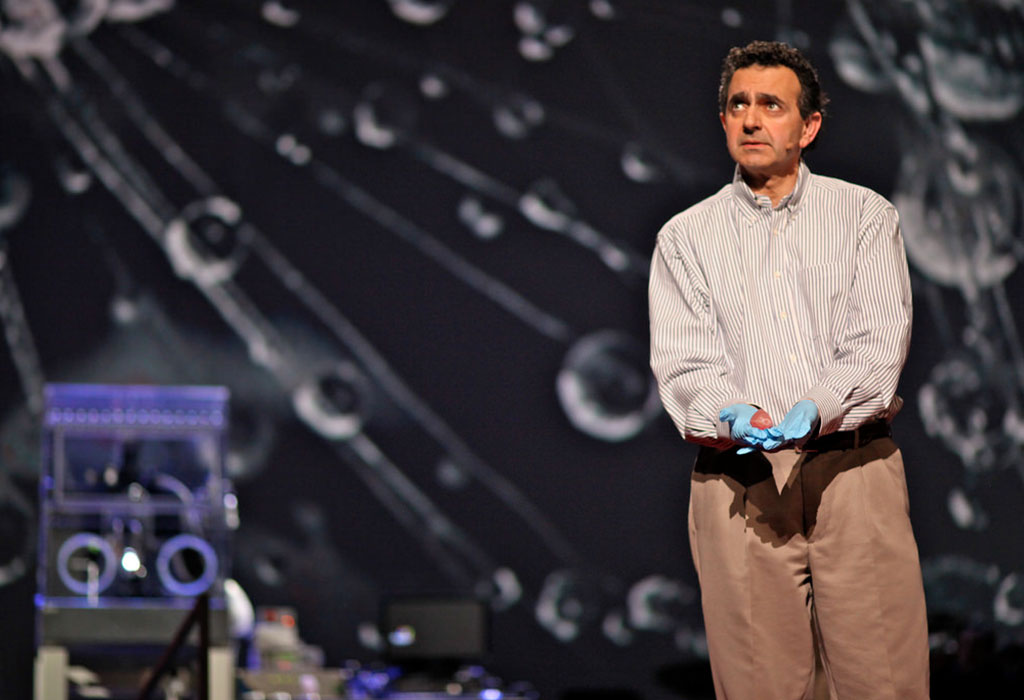Printing human body parts
Printing a plastic toy is one thing, but imagine being able to print a fully-functional human heart. One day soon, it might be possible. Bioprinters work in almost the same way as 3D printers, with one key difference. Instead of delivering materials such as plastic, ceramic, metal or food, they deposit layers of biomaterial such as living cells to build complex structures like blood vessels or skin tissue.
Hang on … living cells? Where do they get those? Well, every tissue in the body is naturally made up of different cell types. So the required cells (kidney cells, skin cells and so on) are taken from a patient and then cultivated until there are enough to create the ‘bio-ink’, which is loaded into the printer. For some tissues, adult stem cells—which can develop to form the cells required in different tissues—can also be used.

Following detailed computer designs and models, often based on scans taken directly from a patient, precision printer heads deposit cells exactly where they are needed and, over the course of several hours, an organic object is built up using a large number of very thin layers.
Of course, you generally need more than just cells, so most bioprinters also deliver some sort of organic or synthetic ‘glue’—a dissolvable gel, collagen scaffold or other type of support that the cells can attach to and grow on. This helps them to mould and stabilise into the correct form. Amazingly, some cells can assume the correct positioning by themselves with no scaffolding.

How do cells know where to go? They use their inherent properties to seek out similar cells to join with. They innately know where they are needed, like the way cells in an embryo develop in the womb, or tissue in an adult moves to repair damage. Researchers are then able to control the shape in which they do that, with the printer building the final structure.
So, essentially, scientists and medical researchers are using scanners and printers traditionally reserved for auto design, model building and product prototyping to instead create living human tissues.
Bioprinters are already constructing bone and human skin, while research is continuing on the development of internal organs, blood vessels and cartilage. It’s very exciting technology with the potential to revolutionise the medical industry. And it’s all thanks to science.





